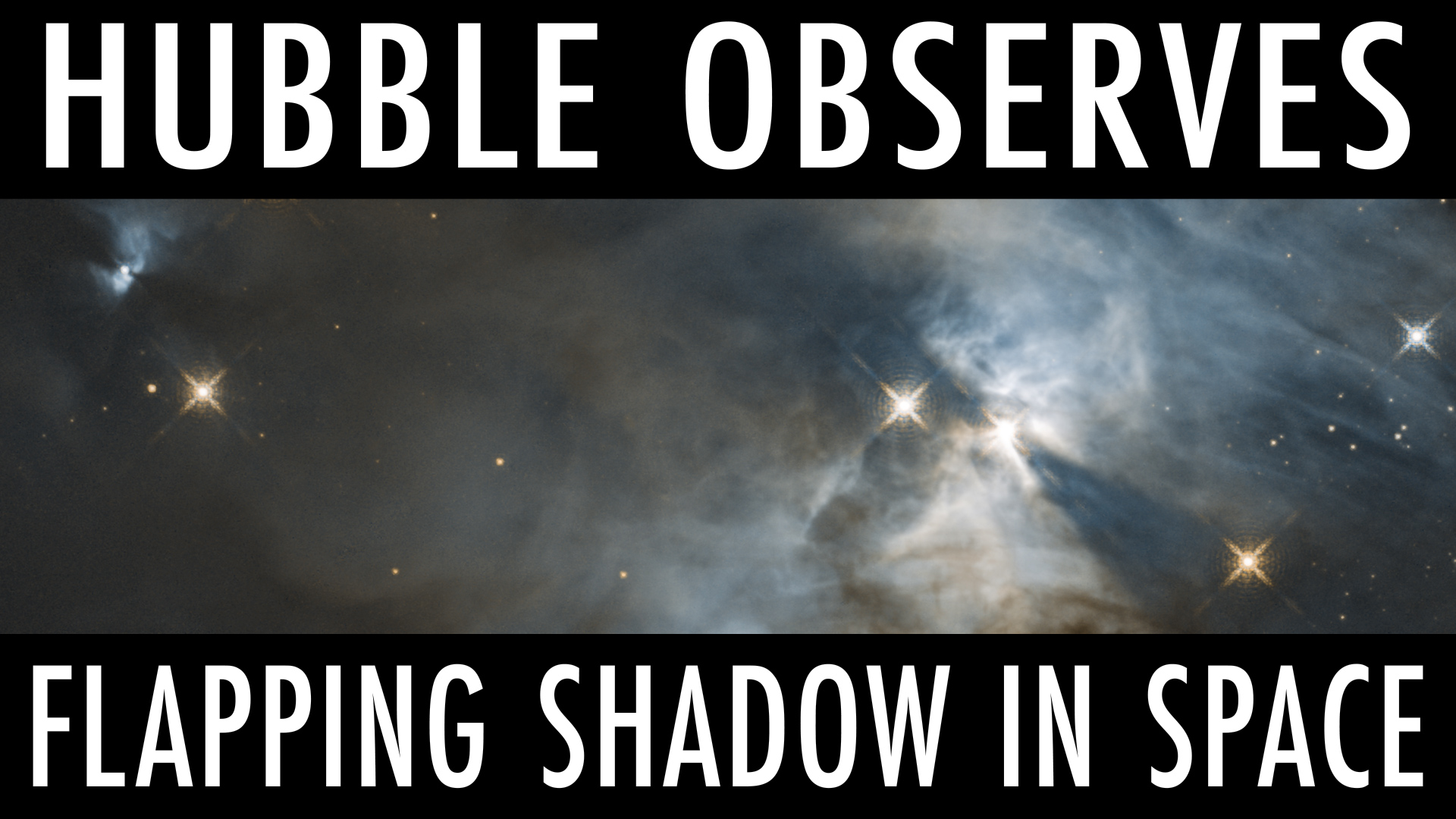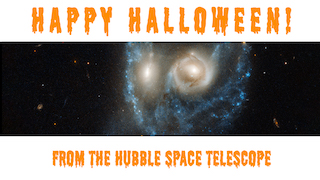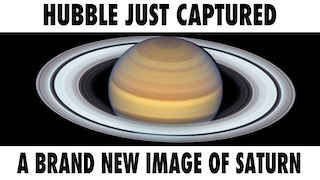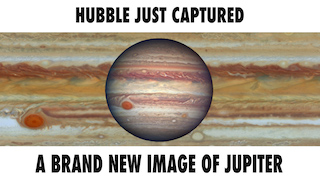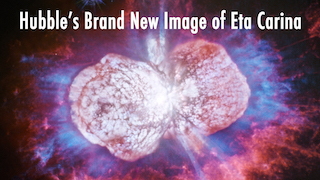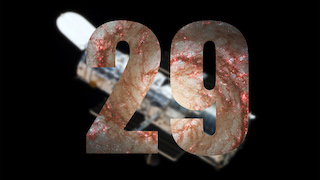Happy Lunar New Year from Hubble
Hubble welcomes the Year of the Rat with a view of its own favorite rodents, NGC 4676A and B, and highlights the planetary origins of the Chinese zodiac’s 12-year timetable.
For more information, visit https://nasa.gov/hubble.
Music Credits:
“Milky Way Travel” by July Tourret [SACEM]. Koka Media [SACEM], and Universal Production Music.
Master Version
Horizontal version. This is for use on any YouTube or non-YouTube platform where you want to display the video horizontally.
Square Version
This is a square 1:1 version of the video designed for Facebook or any other platform where you want to display a full-length square version of the video.
Vertical Version
This vertical version of the episode is for IGTV or Snapchat. The IGTV episode can be pulled into Instagram Stories and the regular Instagram feed.
Credits
Please give credit for this item to:
NASA's Goddard Space Flight Center
-
Producer
- Bradley Hague (GSFC Interns)
Release date
This page was originally published on Saturday, January 25, 2020.
This page was last updated on Wednesday, May 3, 2023 at 1:45 PM EDT.




